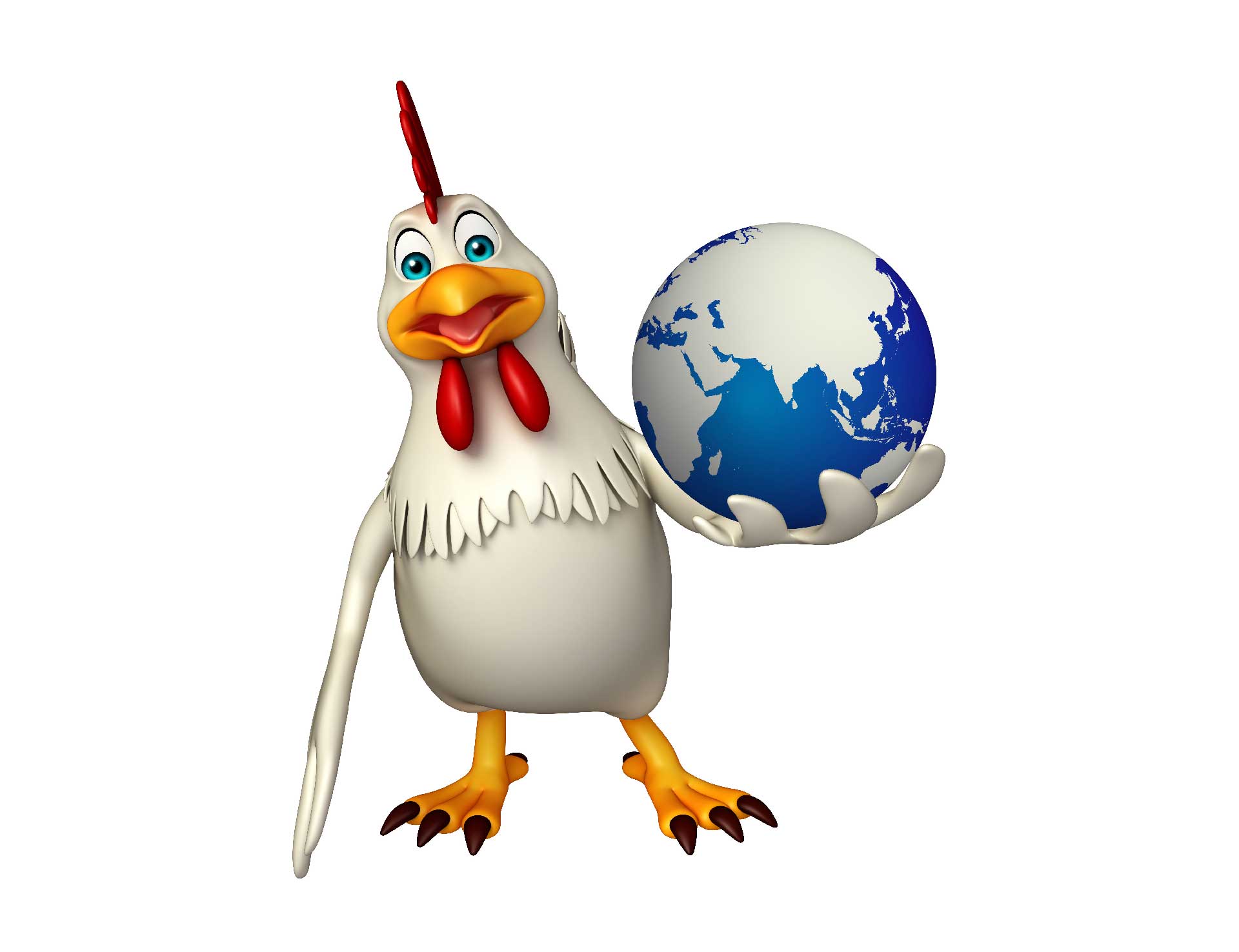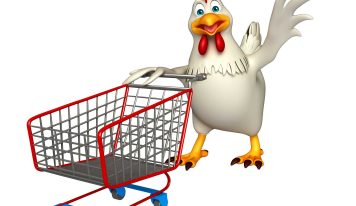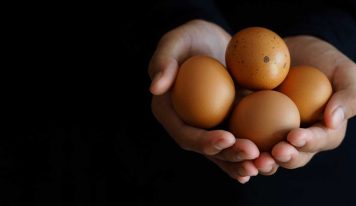Providing an accurate and constantly updated number of people employed in the poultry sector globally is extremely difficult for several reasons:
Lack of a single database – There is no single organization that collects and maintains accurate and up-to-date employment data for each individual country.
Informal sector – A significant portion of employment, especially in developing countries, is in the informal sector (family farms, small producers) and is very difficult to quantify.
Inclusion of different professional figures – The sector includes not only farmers, but also slaughterhouse workers, processing workers, technicians, veterinarians, and sales specialists, making the calculation even more complex.
That said, based on estimates and data available from organizations such as the FAO (Food and Agriculture Organization of the United Nations), we can provide a general overview of the situation.
The poultry sector employs tens of millions of people globally, making it one of the main employers in the agricultural and food sector.
Below is a rough estimate of the distribution by continent, based on the importance of the sector and its characteristics:
Asia
This is the continent with the highest number of employees. Poultry production is growing rapidly and much of the work is concentrated in family businesses and small rural farms. It is estimated that millions of people, particularly in countries such as China, India, and Indonesia, are economically dependent on this sector.
Africa
The poultry sector is a key driver of income generation and food security, especially in rural areas. Although large-scale production is growing, most employment is still found in small traditional farms.
The Americas
Countries such as Brazil and the United States are world leaders in poultry and meat production. Their sector is highly industrialized and vertically integrated, with thousands of employees in large farming complexes and processing plants.
Europe
Europe has a well-developed and technologically advanced poultry sector with high efficiency. Employment is concentrated in professional and industrialized companies, with fewer employees than in Asia or Africa, but with a high degree of specialization.
In essence, although it is not possible to provide an exact number, the poultry industry is a global economic pillar and an essential source of livelihood for millions of people, with a distribution of labor that reflects the different agricultural structures of the various continents and the eating habits found there, involving billions of people who consume poultry products from these farms in various ways.
It is relatively easier to estimate the number of direct employees of multinational companies in the sector than to count the total number of employees in the global poultry industry.
Here is a rough estimate, based on public information from the companies:
Aviagen – Employs over 8,000 people globally working in various sectors, from research and development to genetics, from breeder production to sales and technical support for customers in more than 100 countries.
Cobb-Vantress – Employs approximately 3,000 people worldwide. The company also specializes in the research, production, and distribution of breeding chickens for the meat industry.
It is important to note that these figures refer to direct employees of genetic selection companies. Their breeding lines then employ tens of thousands of farmers and workers around the world who work at various levels of the production chain, as we saw in the genetic pyramid here:
https://moreaboutchicken.com/how-does-genetic-selection-work-in-poultry-farming/
Estimates of the number of direct employees can also be provided for Hubbard and Hy-Line.
Hubbard – Employs approximately 600 people worldwide. The company is part of Groupe Grimaud, one of the leading global players in the animal genetics sector, and specializes in the selection of broiler chickens.
Hy-Line International – Employs approximately 400 people globally. It is a world leader in the field of genetics for laying hens, supplying the breeders that will produce the eggs consumed in over 120 countries.
Again, as with Aviagen and Cobb, it is important to remember that these figures refer to staff directly employed in research, selection, and distribution. Their activities upstream of the poultry chain support a vastly larger number of jobs globally.
There are also companies with a much higher number of employees, but they are at a different level of the production chain.
The companies we have mentioned so far (Aviagen, Cobb, Hubbard, Hy-Line) specialize in genetics and reproduction, operating at the top of the pyramid.
The vast majority of jobs in the poultry sector, however, are found in large vertically integrated companies that breed, slaughter, and distribute the final product (meat and eggs).

Here are some examples of global leaders in this sector, with a very significant number of employees:
Tyson Foods (United States) – One of the world’s largest meat processors, employing approximately 142,000 people globally.
JBS S.A. (Brazil) – A Brazilian multinational and one of the largest meat producers in the world. It employs over 250,000 people.
BRF S.A. (Brazil) – Another Brazilian giant in the food sector, employing around 90,000 people.
Charoen Pokphand Foods (CPF – Thailand) – One of Asia’s largest agro-industrial companies, with over 100,000 employees.
Perdue Farms (United States) – One of the largest family-owned companies in the United States in the poultry sector, employing approximately 23,000 people.
Unlike Aviagen or Cobb, these companies manage the entire value chain, from breeding to processing and distribution of the final product, which is why they have a significantly higher number of employees.
What about Europe?
The absence of European companies from the list of global giants reflects a different structure of the poultry market in Europe.
Unlike North and South America or Asia, where a few huge, vertically integrated companies dominate the sector, the European market is much more fragmented and based on different models.
Here are the main reasons for this difference:
National and regional market – European companies tend to be leaders at the national or regional level, but they do not have the same scale and global reach as giants such as Tyson or JBS. Their growth is mainly concentrated within European borders.
Cooperative models – In many European countries, particularly France, the Netherlands, and Germany, the sector is dominated by farmer cooperatives. These models bring together many small and medium-sized producers, who work together for slaughter and distribution, without being owned by a single, huge multinational corporation.
Regulations and standards – European regulations, which are often more stringent on animal welfare, food safety, and the environment, have influenced the structure of the sector, making it more difficult to expand and adopt extreme-scale production models.
Although they do not reach the size of the American and Brazilian giants, Europe still has some very important and specialized players. Among the main ones are LDC (France), Plukon Food Group (Netherlands/Germany), and Avara Foods (United Kingdom).
In Europe, Italy has a solid and distinctive position in this context, which partly reflects the structure of the European market. Italy is an important producer and consumer in the poultry sector, ranking among the leading countries in the European Union for the production of chicken and turkey meat.
The structure of the Italian poultry sector
In Italy, as in the rest of Europe, the sector is not dominated by giant multinationals such as Tyson or JBS. Instead, it is characterized by a number of large, nationally integrated companies that manage the entire production chain, but without reaching the size of global giants.
The main Italian groups in this context include some well-known names:
AIA (Veronesi Group): one of the undisputed leaders in the Italian market, with integration ranging from feed production to the distribution of the final product.
Amadori: another giant in the sector, which has built its reputation on quality and the management of an integrated supply chain, known for its product brands.
Fileni: specializing mainly in organic and free-range products, it stands out for its strong emphasis on animal welfare and sustainability.
These companies operate on a large scale and directly or indirectly manage thousands of farms and employees in Italy.
Italy’s position and strengths
The Italian poultry industry has a number of specific strengths:
High domestic consumption: Italy has a high per capita consumption of chicken and turkey meat, and most of the national production is destined for the domestic market.
Innovation and quality: there is a growing focus on quality, with a strong push towards the production of certified, organic, antibiotic-free products from controlled supply chain farms.
Italy is therefore a leading player in the global poultry industry at European level, but with a more fragmented industry than the global giants, with a particular focus on quality and the national supply chain.











